Must See | New Energy Vehicle Charging Don't Rush to 100%!
Release time:
2024-10-05
Author:
Source:
When it comes to the charging of new energy vehicles, many car owners will be confused: should each charge be charged to 100 percent of the full state? Or is it ready to charge? How to protect the battery to achieve the best state?
What is the best way to charge new energy vehicles?
When it comes to the charging of new energy vehicles, many car owners will be confused: should each charge be charged to 100 percent of the full state? Or is it ready to charge? How to protect the battery to achieve the best state?
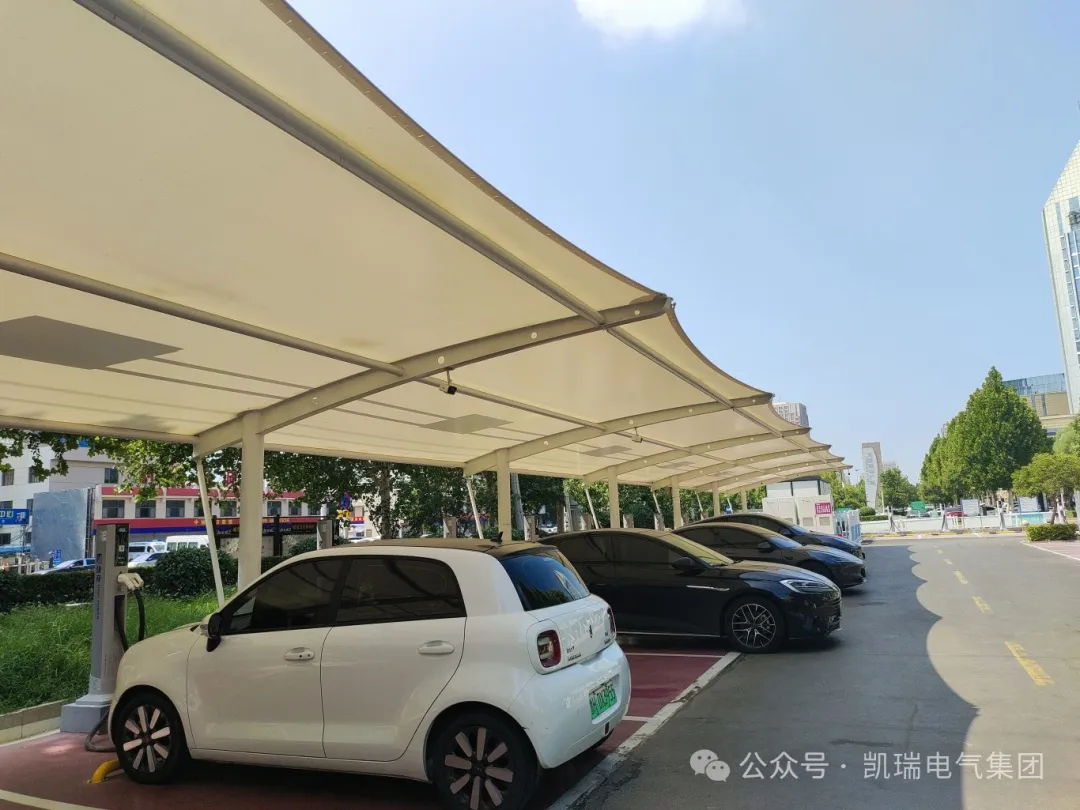
Characteristics of new energy vehicle batteries
In order to understand this problem, we first need to clarify what exactly is the lithium battery used in electric vehicles. As the name implies, lithium batteries are batteries composed of lithium elements as the core, which are mainly divided into two categories: lithium iron phosphate batteries and ternary lithium batteries.
Despite their different names, the base material is lithium carbonate. The difference is that the ternary lithium battery adds nickel, cobalt, and manganese to the cathode material, which leads to subtle differences in performance between the two. Specifically, lithium iron phosphate batteries are known for their high safety, long life and relatively low energy density; while ternary lithium batteries are known for their high energy density, good cold resistance and relatively unstable characteristics.
In addition, "solid-state batteries" also belong to the category of lithium batteries, more precisely, it is a solid-state lithium battery. Compared with traditional lithium-ion batteries, solid-state batteries use solid electrolytes to replace the original liquid electrolytes and separators, so they show better performance in terms of energy density, cold resistance and safety.
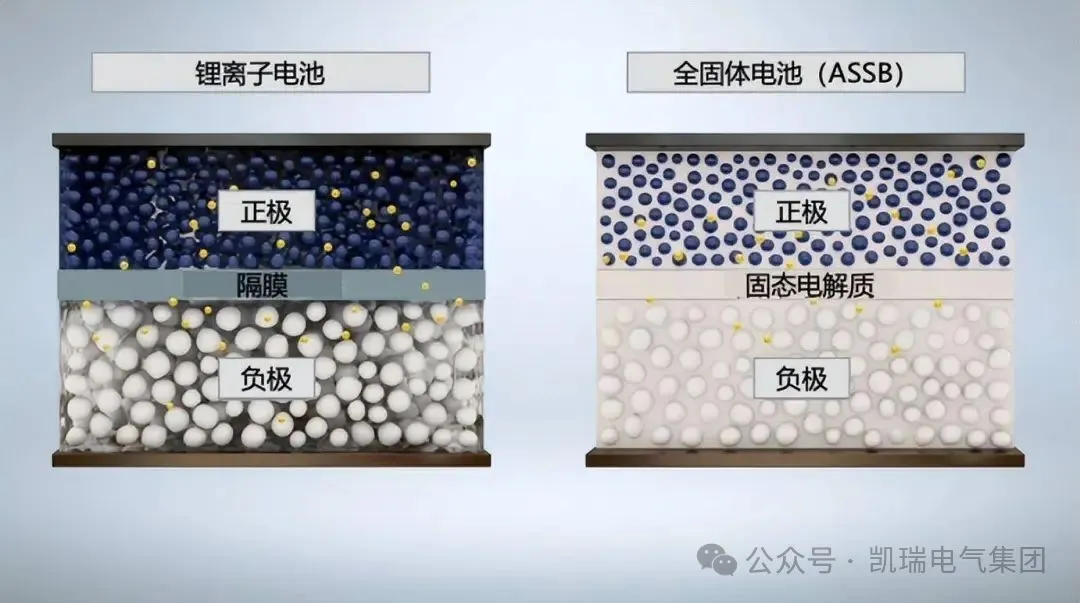
The working principle of lithium battery
01 Characteristics of lithium batteries
In short, the operation mechanism of the lithium battery is like a hard-working porter, constantly moving "energy" between the two warehouses ". During the charging process, the "porter" of lithium ions will take out energy from the "warehouse" of the positive electrode and transport it to the "warehouse" of the negative electrode. When the battery is discharged, the "porter" will move the energy from the negative "warehouse" back to the positive electrode. This complete handling process is what we usually call "cycle life". Generally speaking, the cycle life of lithium iron phosphate batteries is about 3000 to 5000 times; while the cycle life of ternary lithium batteries is relatively short, about 1000 to 2000 times. In view of this data, we should use the battery reasonably in order to extend its service life.
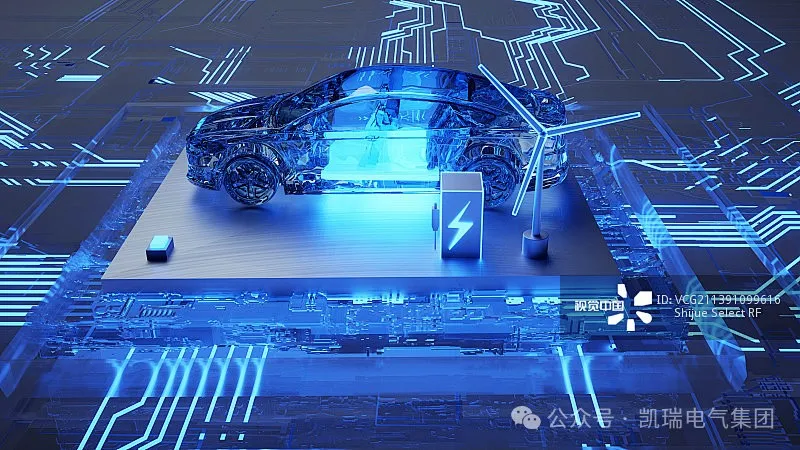
02 100% full also has disadvantages
After introducing the basic characteristics of lithium batteries, some people may initially think that since the battery has a limit on the number of charges, it should be the best choice to fully charge the battery every time. However, this understanding is actually wrong. The charging life of a battery is not simply calculated by the number of charges, but by the number of complete cycles from full exhaustion to full charge.
In addition, there are three significant drawbacks to frequently charging the battery:
First of all, lithium batteries are not suitable for being kept in a fully charged state for a long time. Just as human beings cannot withstand the pressure of full load for a long time, if lithium batteries are always charged to 100 percent, the lithium-ion "porters" inside will face greater pressure. In the long run, the capacity of the battery will gradually decrease, resulting in the so-called "battery decay" phenomenon.
Secondly, the high state of charge will significantly accelerate the aging process of the battery. When it is close to full charge, the chemical reaction inside the lithium battery will be more intense, which is actually quietly shortening the battery life. You may think it doesn't matter if you charge a few more minutes, but in the long run, this will only make the battery "retire" earlier ".
In addition, the high temperature environment is also a major threat to lithium batteries. When the battery is fully charged, it is easy to heat up, and high temperature is not compatible with the battery. Excessive temperature will not only reduce the performance of the battery, but may even cause safety hazards in severe cases. Therefore, if a fully charged battery is always placed in a closed environment such as a garage, especially in the hot summer, the risk will be greatly increased.
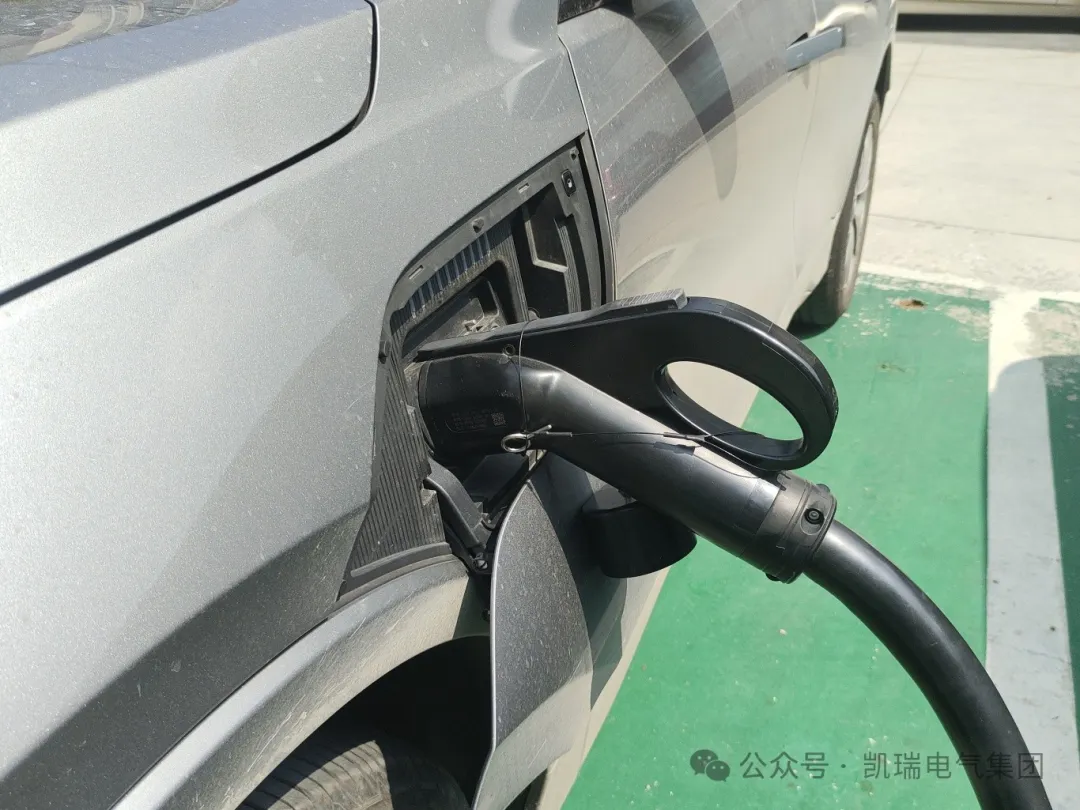
03 How much electricity should be charged?
Some people may further ask: so, can I solve all the problems just by not fully charged? It sounds like a good solution, but in fact things are more complicated than that. Lithium battery unique "personality": it also does not favor long-term low battery state. If the electricity is kept below 20% frequently, this "hunger" state will also quietly reduce its service life. Therefore, the ideal approach is to keep the battery in a "comfort zone"-about 20% to 80% of the power range. This can not only reduce the working pressure of the battery, but also effectively extend its service life.
However, if it is a lithium iron phosphate battery, it needs extra attention. Every 2 to 4 weeks, it is best to fully charge the battery. The battery level display is not as accurate as the oil gauge, it can only provide a rough numerical range. Especially for lithium iron phosphate batteries, the voltage difference between full power and low power is relatively small, which makes it difficult for the system to accurately determine the remaining power. In order to avoid embarrassing situations caused by inaccurate power estimates, such as sudden "strikes" of the vehicle, the battery must be fully charged regularly for power calibration. However, there is no need to worry too much about the life of lithium iron phosphate batteries. Its cycle life is as high as 3000 to 5000 times, which is called "longevity star". Therefore, it is not harmful to its overall health to fully charge it occasionally. To sum up, the charging problem of new energy vehicles is not that simple. We need to develop a reasonable charging strategy based on the characteristics and usage habits of the battery.
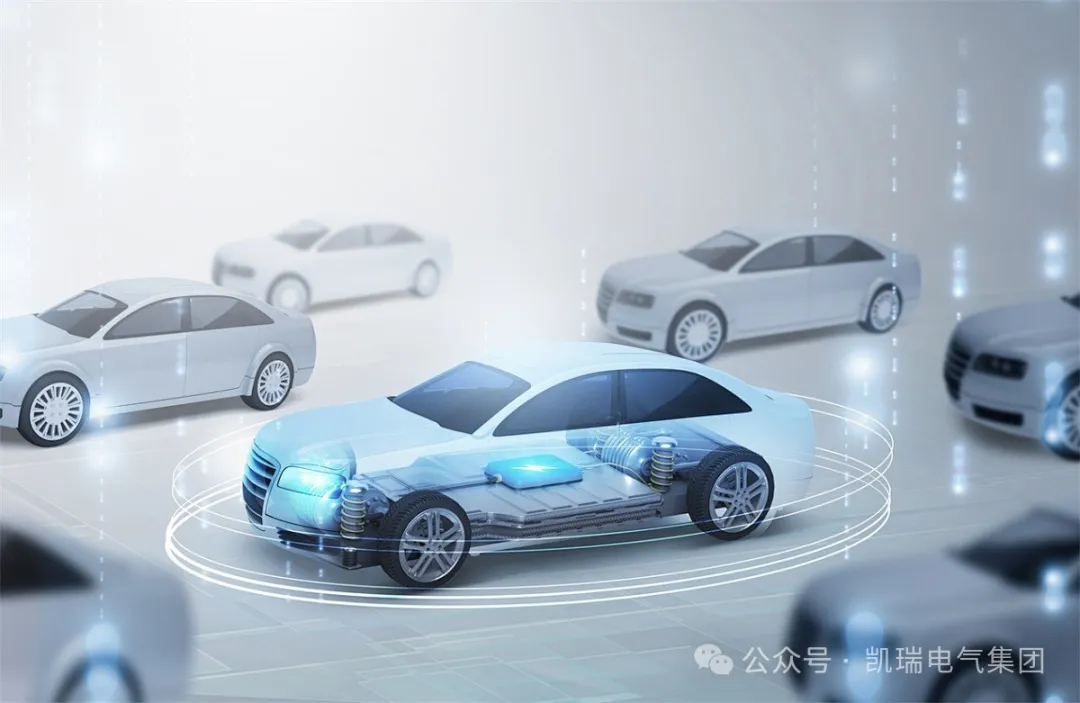
Select qualified charging pile to protect the car and protect the people.
As the "energy supply station" of electric vehicles, the quality and safety of charging piles are directly related to the use of vehicles and the safety of drivers and passengers. Therefore, it is particularly important to choose a qualified charging pile.
Qualified charging piles can ensure stable and efficient charging of electric vehicles, thereby extending the service life of the battery and protecting vehicle performance. At the same time, the high-quality charging pile also has perfect protection measures, such as over-current protection, over-voltage protection, short-circuit protection, etc., which can effectively prevent safety accidents caused by electrical failures during the charging process. These protective measures are not only the protection of vehicles, but also the respect and protection of the lives of drivers and passengers.
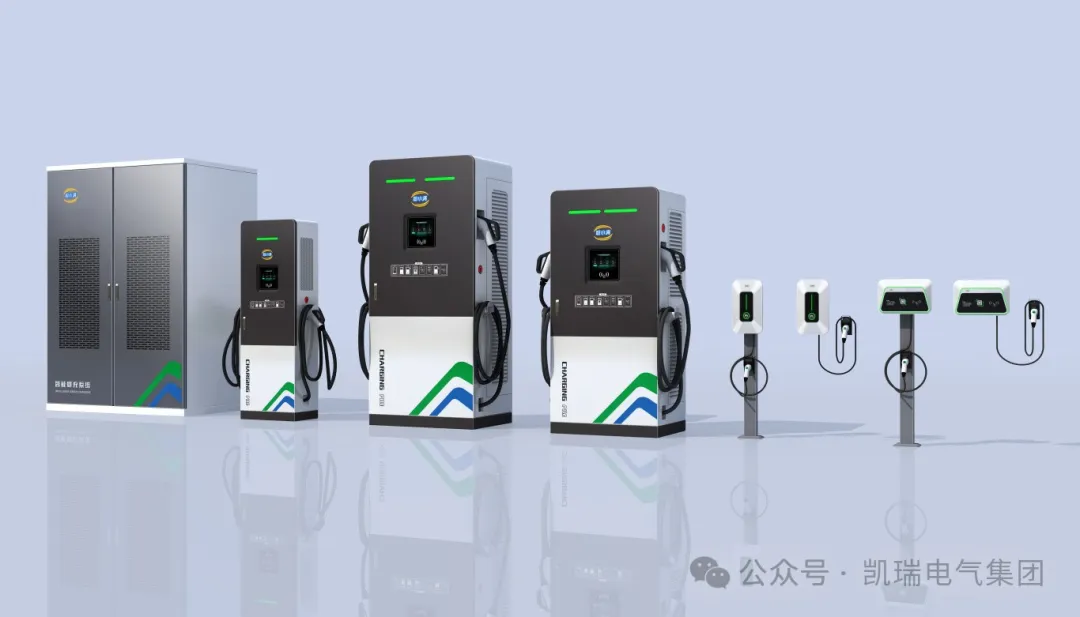
In addition, qualified charging piles should also have good compatibility and ease of use. It should be able to adapt to different brands and models of electric vehicles, so that drivers do not need to worry about the mismatch of charging interfaces. At the same time, the operation interface of the charging pile should be simple and clear, which is convenient for the driver to get started quickly and improve the charging efficiency.
In short, choosing a qualified charging pile can not only provide stable and efficient charging services for electric vehicles, but also ensure the safety of drivers and passengers, and make the use of electric vehicles more comfortable and convenient. Therefore, when purchasing a charging pile, be sure to choose a regular brand and certified product to ensure its quality and safety.

Next
Next:
Latest News





